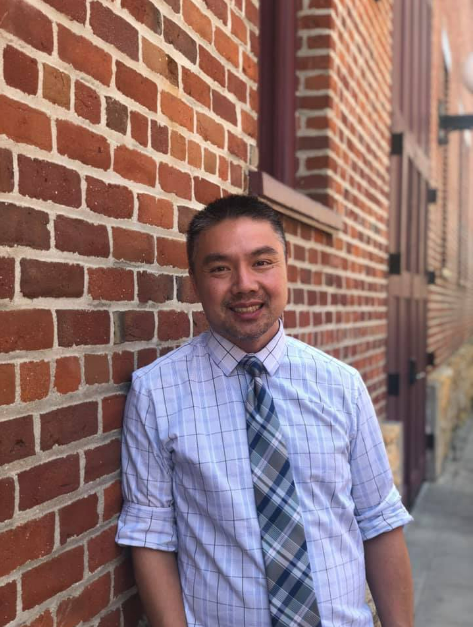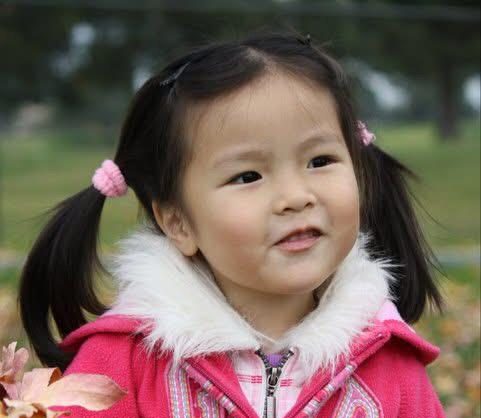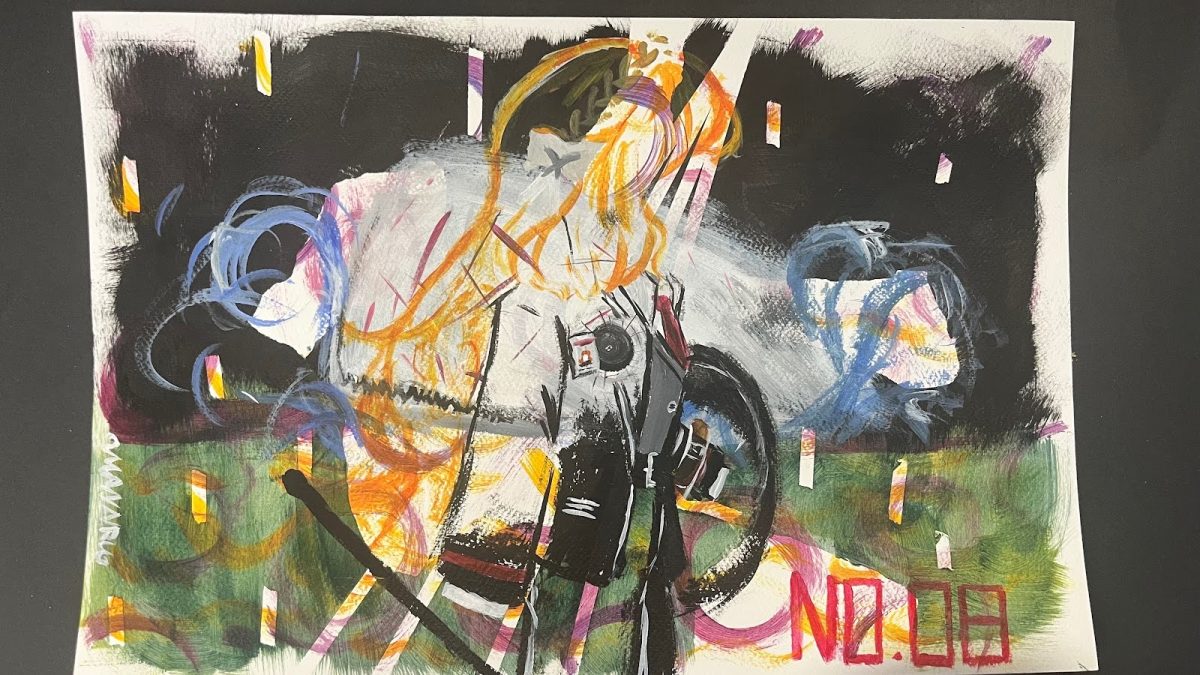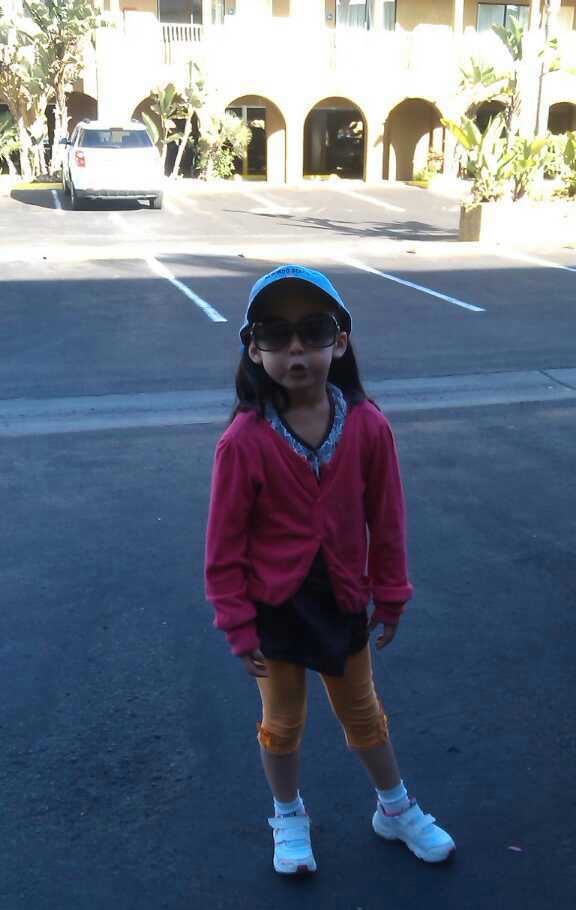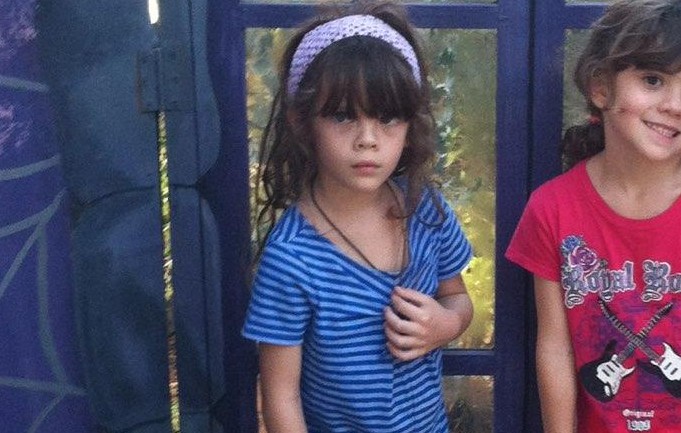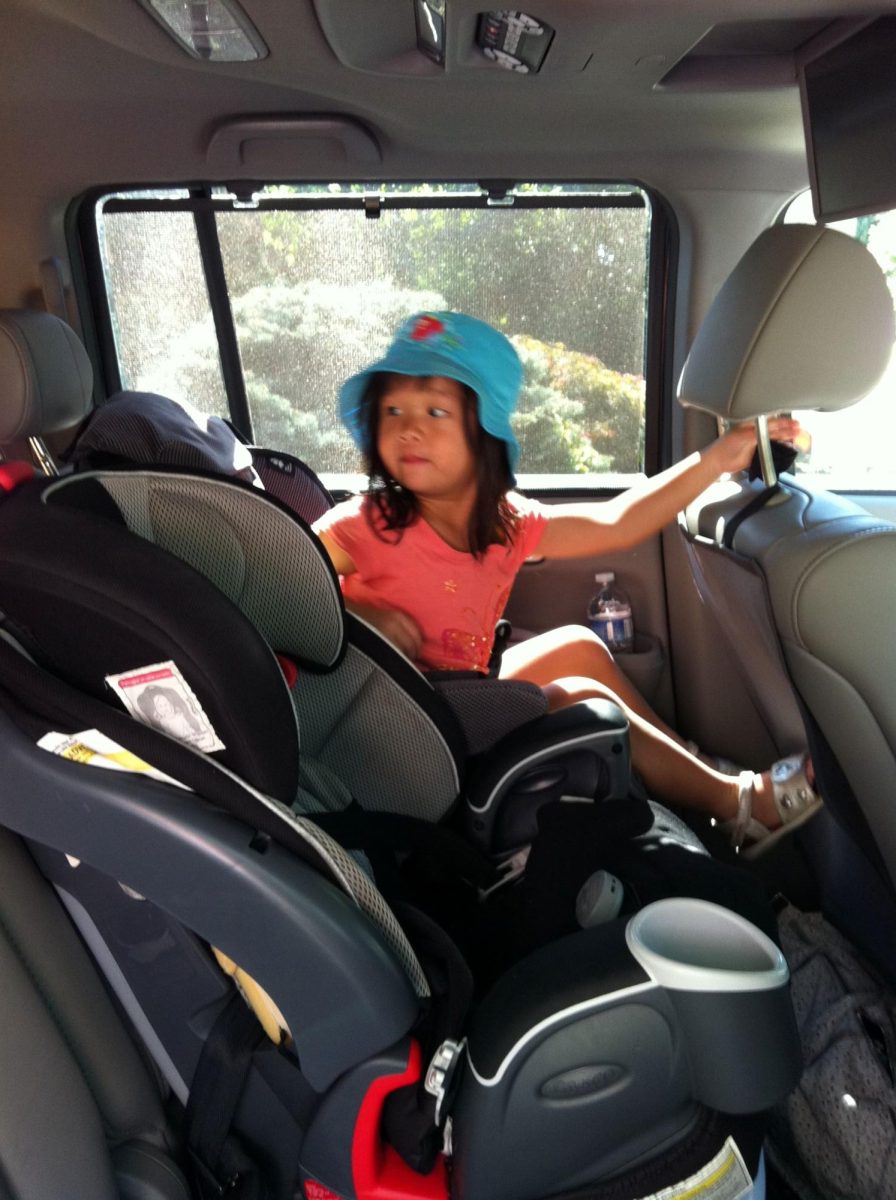For museums, the team of people behind the scenes is just as integral as the content within. Tasked with preserving the delicate history of a community, museum directors must leverage both experience and aspiration to inform the next generation.
Michael Truong has been leading the Chinese American Museum in Los Angeles, CA, as the Executive Director. Here’s what he had to say about his position and the history of the museum.
How long has the Chinese American Museum been around?
This museum has been here since 2003. We opened our doors on December 18, 2003. And, you know, we’re here to share the Chinese American experience in Los Angeles and beyond. Although we opened about three years ago, it took an additional 20 years to actually open. So this was an iterative process of understanding from the community, of creating a space dedicated to sharing the experiences of LA’s Chinese Americans. In this particular portion, when we think about Chinatown, we think about the Chinatown as we know [it] today. But what people tend to forget is that Chinatown used to be at Union Station and this location. So the community evolved to creating and reclaiming this history by utilizing the Garnier Building space for a museum. It started around the 1980s with fundraising happening throughout the 90s leading to the 2000s when the museum opened.
This museum is a partnership between the City of Los Angeles and the Friends of the Chinese American Museum, which is a nonprofit that I’m the director of. Our role is to raise funds and support the museum and the city has allowed us to utilize this particular space. The Garnier Building has been here since 1890, [and] is one of the last many buildings of historic Chinatown. So for us to be in this space is to reclaim a history of LA about the Chinese American experience.
What were some challenges you faced when opening the museum?
The visible challenges were fundraising and ensuring that we had the ability to pay for the exhibitions and create the interior spaces. The other challenge that we still face today is when we talk about a Chinese American Museum in Los Angeles, we think about the current Chinatown. We are in “a Chinatown in history”, but the assumption is you would see this particular item or this particular facility in the Chinatown that exists today.
Tell me about your background and how you came into your position.
So my parents came to the United States around the end of the Vietnam War, and they came here as refugees. I was born and raised in Monterey Park, California. And like many people in my generation, parents were trying to convince their kids, including my parents, to think about more professional fields, like in science or as a doctor. I attempted it, but in college, I realized it was not my forte. And, looking at my GPA, you could see it was not my specialty!
So, I decided to quit the science field and go into humanities instead. My parents were freaking out that science was not the direction for me. I had to figure out my future, and so in the late 90s and 2000s, I started to utilize the internet to do research, “What does it mean to have a degree in humanities?”
One thing that came up was an internship at [the Chinese American Museum]. I did not get it, but then again in 2005 I got the opportunity again and became an intern here. It let me connect with others at the museum, and allowed me to stay on as a contractor.
After my internship here ended in 2009, I was able to secure a full-time position here at the Chinese American Museum and became the Director of Operations in museum education. Then, in July 2019, I became the Executive Director of the Chinese American Museum.
What has been the most gratifying part of being in your position?
The biggest and also the most gratifying part is having people look at an ethnic institution like the Chinese American Museum as a voice that they might not have. So when we’re able to provide spaces for those voices, it is very gratifying to finally see people being heard that felt like they’d never been heard to finally be heard.


